Description
Asparaginase: A Vital Weapon in the Fight Against Leukemia
Asparaginase is a medication primarily used in the treatment of acute lymphoblastic leukemia (ALL), a type of cancer that affects the blood and bone marrow. While the name might sound intimidating, understanding its function and role in cancer therapy can provide valuable insights into the complex world of oncology.
What is Asparaginase?
Asparaginase is an enzyme, a type of protein that speeds up specific biochemical reactions in the body. In this case, asparaginase works by breaking down asparagine, an amino acid that is essential for protein synthesis.
How Does Asparaginase Fight Cancer?
Here’s the key: leukemic cells, particularly those involved in ALL, often lack the ability to produce their own asparagine. Unlike normal, healthy cells that can synthesize this crucial amino acid, leukemic cells rely on scavenging it from the bloodstream.
Asparaginase acts as a “scavenger” itself, circulating in the blood and systematically depleting the available asparagine. Without this vital building block, the leukemic cells are unable to create the proteins they need to survive and multiply. This ultimately leads to their death, allowing for remission and improved outcomes.
Why is Asparaginase Important?
Asparaginase is a cornerstone of many ALL treatment regimens, especially in children. Its unique mechanism of action makes it a powerful tool that complements other chemotherapy drugs. By targeting a specific vulnerability of leukemic cells, it significantly improves the chances of successful treatment and long-term survival.
Administration and Side Effects:
Asparaginase is typically administered intravenously (through a vein) or intramuscularly (into a muscle). The specific dosage and frequency of administration depend on several factors, including the patient’s age, weight, and the specific treatment protocol.
Like all chemotherapy drugs, asparaginase can cause side effects. These side effects can vary from person to person and can include:
- Allergic Reactions: Asparaginase is a protein, and some individuals may develop an allergic reaction to it. Monitoring and premedication are crucial to minimizing this risk.
- Pancreatitis: Inflammation of the pancreas is a potential side effect, requiring careful monitoring and management.
- Liver Problems: Asparaginase can affect liver function, so regular liver function tests are necessary.
- Blood Clotting Issues: Asparaginase can increase the risk of blood clots, requiring careful consideration of preventative measures.
- Nausea and Vomiting: These are common side effects of many chemotherapy drugs, including asparaginase.
- Fatigue: Feeling tired and weak is a common side effect during and after treatment.
It’s important to communicate openly with your healthcare team about any side effects you experience. They can provide guidance on managing them and ensuring the best possible outcome. Different formulations of asparaginase, such as pegylated asparaginase, have been developed to potentially reduce the frequency of injections and minimize certain side effects.
The Future of Asparaginase Therapy:
Ongoing research is focused on:
- Developing new formulations: Exploring new ways to deliver asparaginase to improve its efficacy and reduce side effects.
- Identifying biomarkers: Finding markers that can predict which patients will benefit most from asparaginase therapy and who may be at higher risk for specific side effects.
- Personalized medicine: Tailoring asparaginase treatment based on individual characteristics to optimize outcomes.
Conclusion:
Asparaginase is a powerful and essential medication in the fight against acute lymphoblastic leukemia. By understanding its mechanism of action and potential side effects, patients and their families can be better informed and actively participate in their treatment journey. With ongoing research and advancements, asparaginase continues to play a vital role in improving the lives of individuals affected by this challenging disease. As always, consult with your oncologist for personalized advice regarding your specific medical condition and treatment plan.

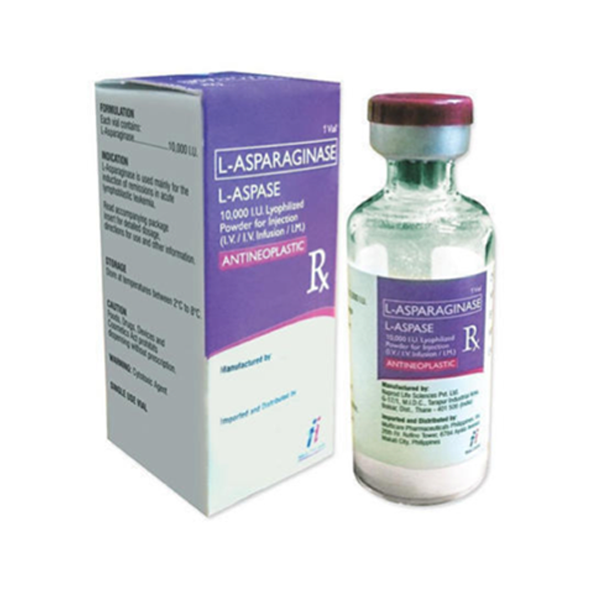

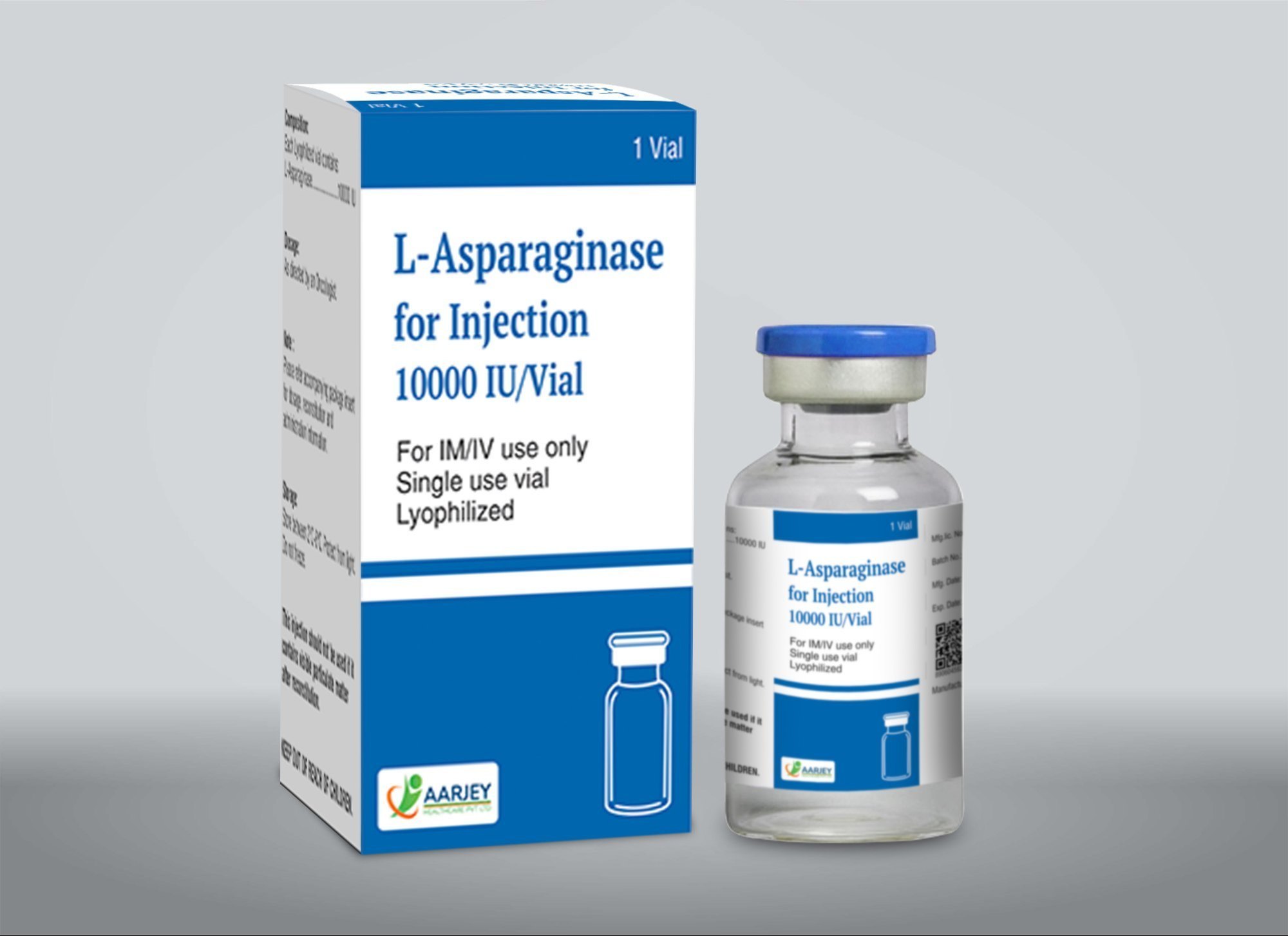
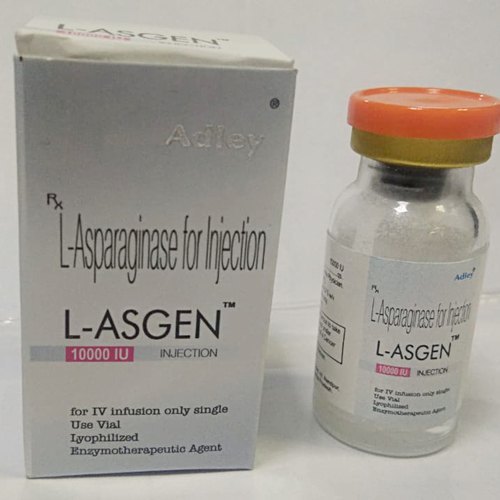

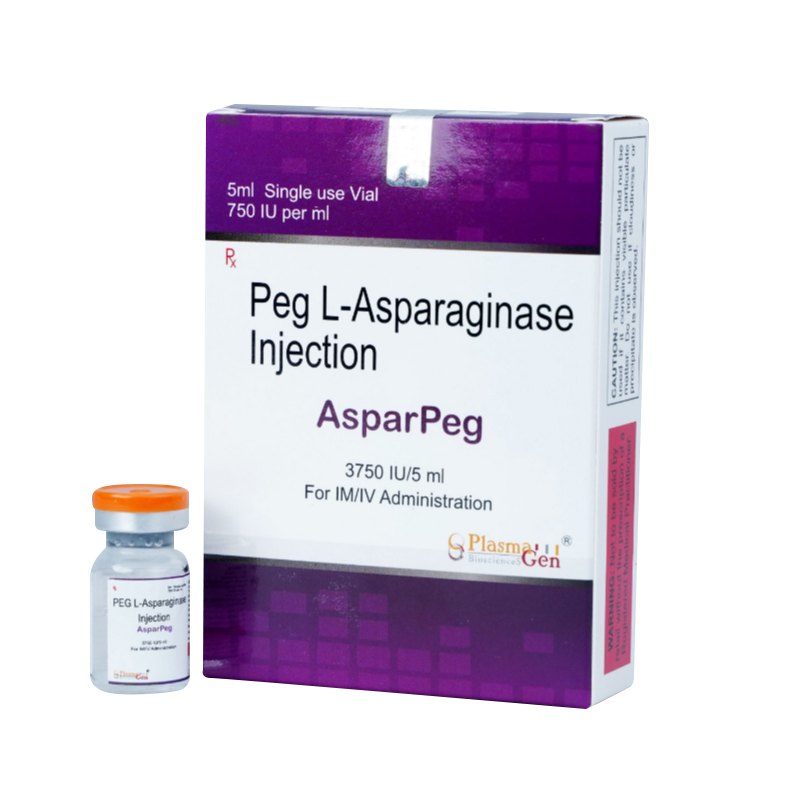




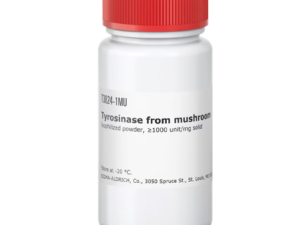
Reviews
There are no reviews yet.